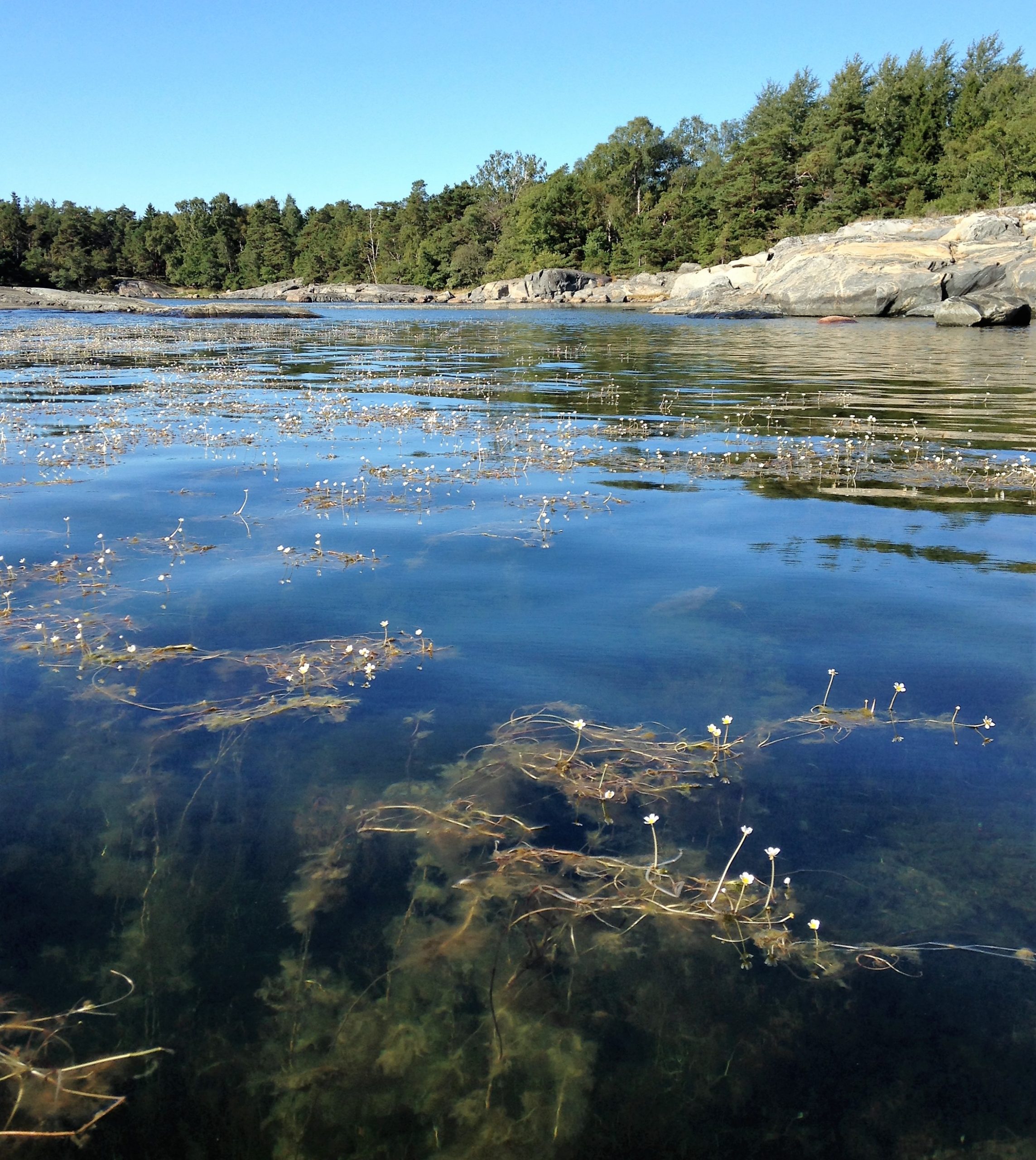Many coastal fish communities in the Baltic Sea have experienced a regime shift where predatory fish (pike and perch) have been replaced by three-spined sticklebacks. Hypotheses for the decline in top predators involve top-down control of adult fish by cormorants and seals, predation on the larvae by three-spined stickleback, and stickleback competition for zooplankton. However, these hypotheses are largely based on correlative field observations at rather large spatiotemporal scales, making causal inference difficult.
To avoid poor management decisions and instead strive for accomplishing the best possible effect of management interventions, there is a need to understand the causal mechanisms behind observed shifts. In the Formas-funded project MYSTIC, we propose that there may be other mechanisms driving the loss of predatory fish that previously have been overlooked. Invertebrate predators such as mysids have the capacity to outcompete top predators at the larval stage. However, the role of invertebrates in this dynamic interaction is continuously disregarded due to the lack of monitoring data and realistic modeling attempts.
Our main goal is to provide a better mechanistic understanding of how and by which means pike/perch are disappearing from many coastal. We will expand current knowledge on these dynamics by exploring a new dimension to the problem, namely invertebrate predation. The results of this project will provide evidence-based suggestions of possible measures to reverse this negative trend.
The project is led by Martin Ogonowski at SLU Aqua. It is funded by Formas and runs 2022-2024.
